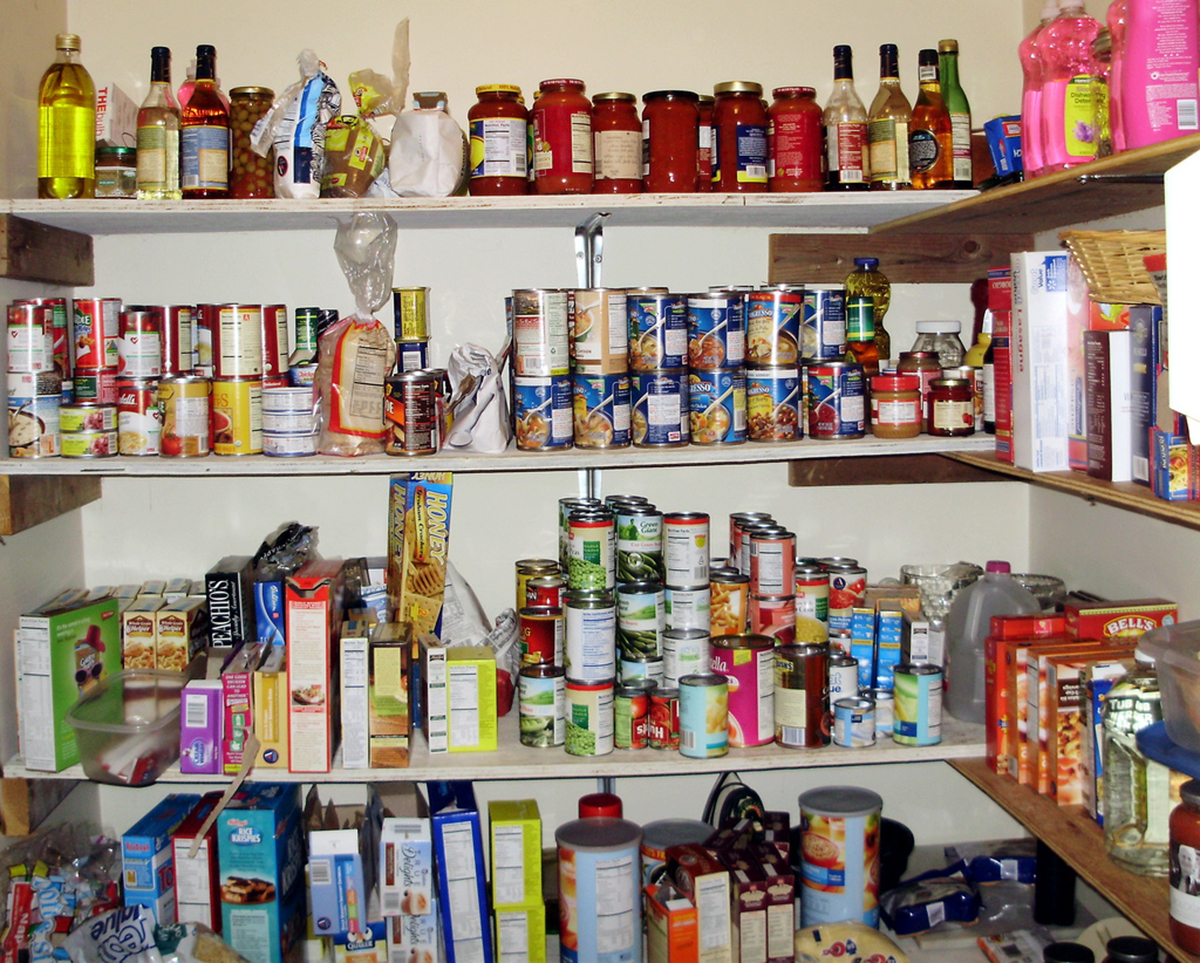Table of Contents
5. Tomato sauce and ketchup
Tomato sauce, tomato paste, canned diced tomatoes, sun-dried tomatoes, and ketchup are a good thing to keep on hand for easy meal preparation. The cancer-fighting heart-, prostate-, and eye-healthy ingredient antioxidant lycopene in these tomatoes, however, begins to break down in about three months. The lycopene in tomato products in clear plastic containers that are not stored in a dark place breaks down especially quickly.

Sure, it's a lot more trouble, but if you or a person you love who eats your food has concerns about cancer or heart disease, it may be worth the effort.
6. Potatoes
Potatoes don't last forever, and when they are stored in light, they don't last very long at all. It is important never, ever to eat potatoes that have turned green. The green color in the peel or just beneath the peel is an indication that the potato has started producing alkaloid chemical called solanine. This chemical can cause digestive upset, usually acid stomach, diarrhea, and belching. If you were to eat large amounts of green potatoes, especially the potato skins, you could experience palpitations, hallucinations, racing heart, and even death. Birth defects in children whose mothers ate greening potatoes during early pregnancy have been reported in Germany and Ireland.
All potatoes contain at least small amounts of solanine, but you would have to eat 50 to 150 whole potatoes at a single meal to be poisoned when the potatoes aren't green. Stored in the dark at about 50 degrees F (10 degrees C), potatoes keep for about 8 months. Sweet potatoes have to be stored at a higher temperature.
Unless you are expecting a potato famine, it is usually best to buy small quantities of potatoes, only as much as you need, every week or two. Once a potato has begun to sprout, throw it out.
See Also: Got Milk? Perhaps It's Time To Rethink That!
7. Jellies and jams
Jams and jellies don't last forever. These fruit-based confections can ferment and produce a vinegary taste, or they can grow potentially toxic mold. If you see mold growing on jelly or jam, throw it away. Don't scrape away the mold and use the rest of the product.
Some other good ideas for keeping pantry foods fresh include:
- Always put the items you have just bought on the back of the shelf, rotating your supplies so you eat the oldest food first.
- If jar of a perishable food has been opened and put back on the shelf, throw it out. It's not worth diarrhea or a yeast infection to use up questionable food.
- Foods that are stored in liquid (sauerkraut, pickles, baby corn, and similar items) should be covered with liquid. If there has been leakage, or some of the food has been sticking up over the top of the pickling or brining liquid while the product has been on the shelf, throw it out. It's OK to use foods not covered in liquid you have had in the refrigerator for up to a week.
- And, most importantly, read the expiration date! Sure, product manufacturers want you to buy more, but the best quality and safety are obtained by using foods that have not yet expired.
- Bittman, Mark. The Latest Must-Haves for the Pantry. New York Times. 6 January 2009.Mind map by SteadyHealth.com
- Photo courtesy of Robert Benner Sr. via Flickr: www.flickr.com/photos/mullica/5637645692


Your thoughts on this